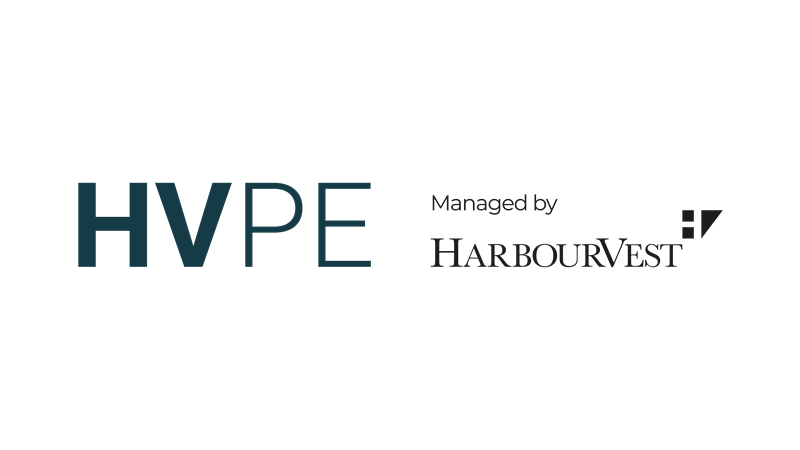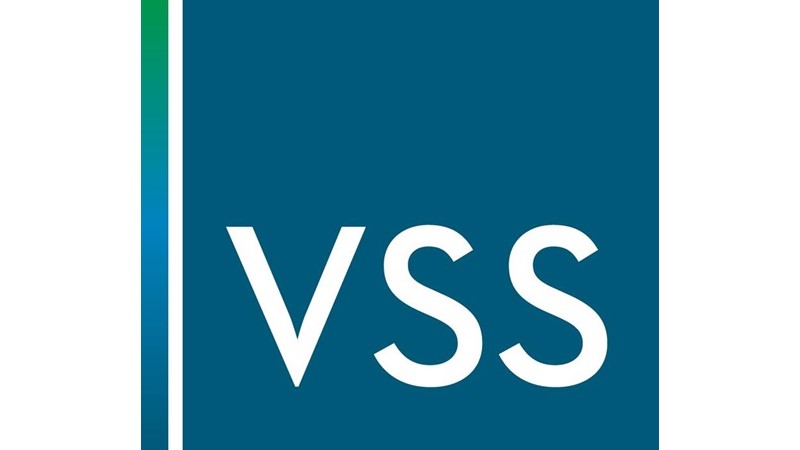The Importance of Document and Process Management
Asset management firms produce more documentation than ever. At the same time, the “paper trail” long ago moved beyond simple paper to include electronic formats like email, voice messages, or even computer system management alerts. From adhering to compliance regulations to retaining email conversations, maintaining accurate records has become critical to proper understanding of the history of every aspect of the firm’s process and actions.
The Necessity of Document Management
In today’s asset management world, a strong management culture of integrity and responsibility serves to create trust among firm employees as well as between the firm and its clients. As part of that trust, information sharing must make accessibility, transparency, accuracy, and security paramount.
Asset management involves a significant number of independent responsibilities that work together to ensure accuracy and efficiency.
- Asset managers develop strategies and investment processes
- Operations departments oversee risk management and execution
- Compliance maintains adherence to laws and regulations
- Client relationship services ensures client support and communication
- Sales and Marketing communicate firm initiatives and successes
- Information technology maintains systems security firm-wide
All these responsibilities interact and rely on each other for critical information to support functionality as well as legal compliance. Personnel need to have access to information that supports the effective performance of their roles, including vital risk management activities.
By having a universal, firm-wide approach to document management, information that might reside in silo-ed systems such as client relationship management software or compliance controls programs becomes integrated and accessible to the appropriate designated staff. Controlling access and information-sharing can also be performed with uniformity and clarity without losing the integrity of the underlying data, such as tracking actions or document version control.
Documentation Functions Are Key Person Functions
While asset management firms have long recognized the “key person” critical to fund management, leadership, and achievement, they often overlook the knowledge produced up and down the management chain that is just as critical to management success.
People come and go. When they leave, they take their skill, knowledge, and expertise with them. Absent effective information management, their absences can also cause the loss of access to historical records such as emails, voice mails, or personalized information-tracking processes. Without that data, a firm risks exposure to claims of poor management practice, faulty auditing procedures, or an inability to demonstrate legal compliance.
Anyone interacting with documentation, in this respect, is a key person, and the information itself should be treated with the same attention and concern. Whether the personnel involved are in operations, IT, compliance, or investment management, access to the data they produce for the firm raise the same questions:
- How is the information and data tracked?
- What systems are in placed to maintain records in each area?
- Where are these systems located?
- Who has access to the information, data, and tracking systems?
- How do manual systems like hardcopy documents integrate with electronic systems?
- What information retention policies are in place and how is adherence monitored?
- How can all this data be integrated for access by key personnel for optimal efficiency?
The Operational Value of Document Management
Beyond record-keeping, documentation management systems provide demonstrable contributions to collaboration and communication efforts within the firm. The ability to locate and access documents quickly and easily regardless of who generated the data improves productivity and efficiency without down-time searching for file locations or the staff with access to them.
The accessibility of data via management programs also functions beyond the confines of the office. With proper systems in place, geographic location of staff becomes irrelevant. Whether providing services on-site with a client, needing access to crucial information while traveling or working remotely, or simply sharing information across multi-branch offices, a robust document management system increases efficiency and productivity.
For collaborative efforts, document management tracks progress on tasks and projects with a clear information trail. Performance assessment, document version control, time-line monitoring, and more can be provide accurate data on the current status of every aspect of the firm’s processes and procedures.
From a risk management perspective, an integrated information management system can document actions taken by staff, identify those involved, when events occurred, and the resulting outcomes. The system can provide an accurate audit trail in real-time without the need to reconstruct what happened over the course of an event.
All Knowledge is Legacy Knowledge
With the vast amount of data generated in asset management firms, manual systems are not only no longer effective, they can be risky. Today’s more robust electronic systems reduce document loss, prevent process failures, and ensure higher accountability for all staff. An asset management firm that values accuracy and security in its documentation process builds on its reputation for reliability, accountability, and transparency. Knowing and documenting its history, the firm can ensure that knowledge is never lost, regardless of staff turnover, new systems integration, or a constantly changing regulatory environment.
**********
Frank Caccio is Founder of OpsCheck
***
The views expressed in this article are those of the author and do not necessarily reflect the views of AlphaWeek or its publisher, The Sortino Group
© The Sortino Group Ltd
All Rights Reserved. No part of this publication may be reproduced, stored in a retrieval system or transmitted in any form or by any means, electronic, mechanical, photocopying, recording or scanning or otherwise, except under the terms of the Copyright, Designs and Patents Act 1988 or under the terms of a licence issued by the Copyright Licensing Agency or other Reprographic Rights Organisation, without the written permission of the publisher. For more information about reprints from AlphaWeek, click here.







